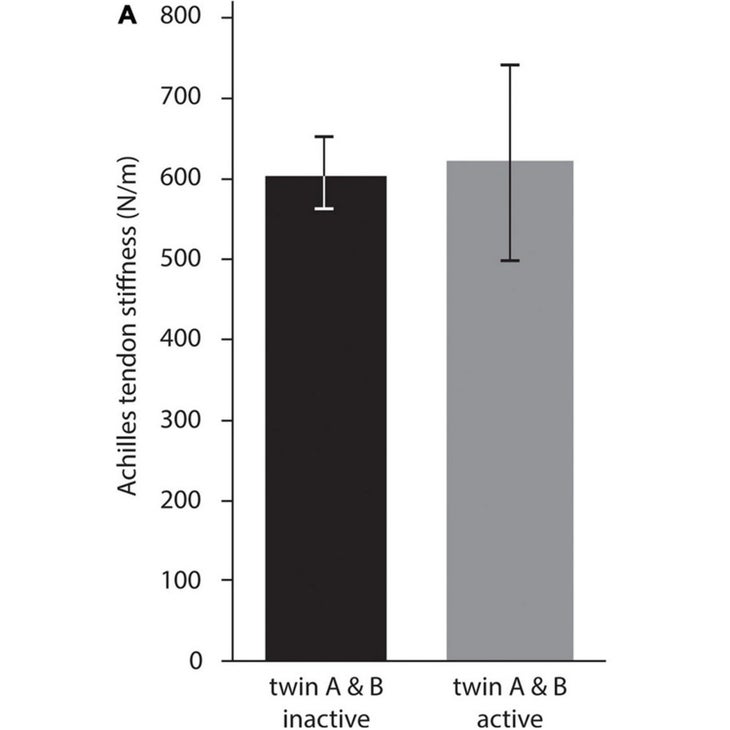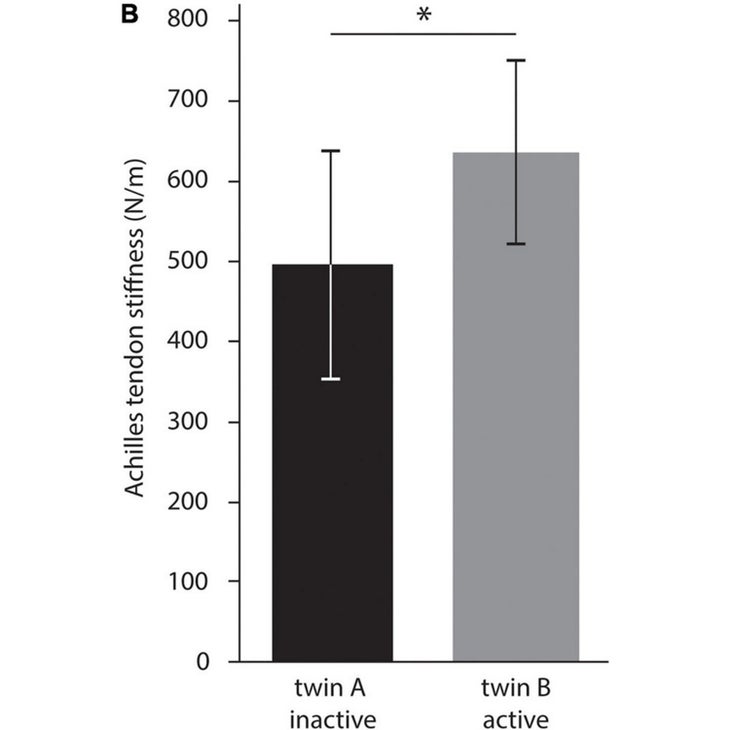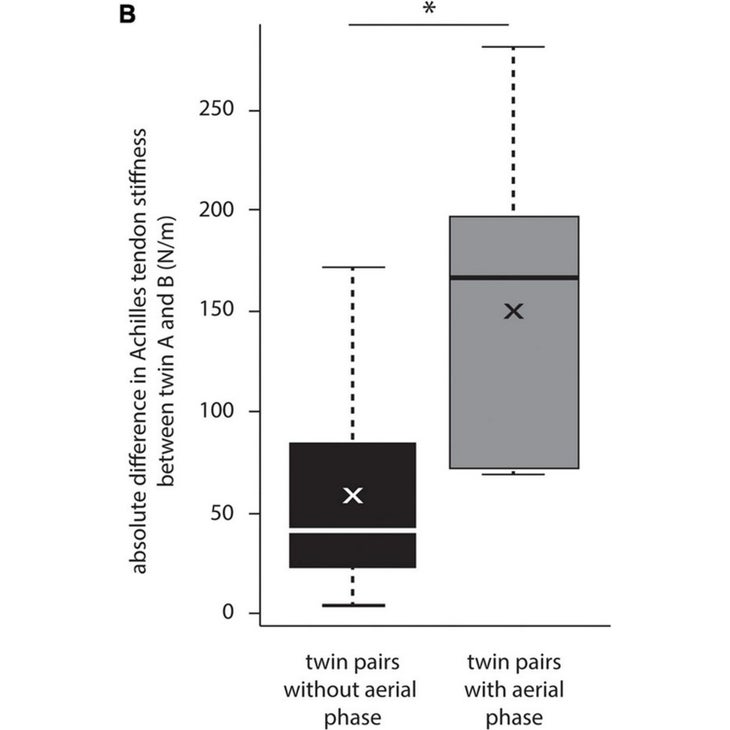Yes, You Can Train Your Tendons
A 10 years back, Danish experts collected samples from the Achilles tendons of 28 cadavers of different ages and measured the amount of radioactive carbon-14 in them. Earlier mentioned-ground nuclear assessments in the 1950s and 1960s quickly elevated stages of carbon-14 in the environment, which implies that the quantity uncovered in any living tissue reveals when that tissue was actively escalating or repairing by itself. The final results showed that the main of the tendon was formed in the first 17 many years of lifestyle, after which it grew to become essentially inert.
This photo of a seemingly lifeless tendon—a rubber band that connects your calf muscles to your heel bone—is worrying for two reasons. One is that a great deal of runners establish chronic Achilles tendon injuries, and they would actually like to believe that that it’s achievable for tendons to maintenance them selves. And there are, in truth, some researchers who now believe that an ideal mix of rehab physical exercises and specific diet can trigger tendon therapeutic.
The second cause is that the qualities of your Achilles tendon appear to be to be linked with overall performance, and additional precisely with how competently you run. For numerous many years now, there has been speculation that one of the strategies to the worldwide dominance of Kenyan runners is their uniquely extended and springy Achilles tendons. Comparisons of skilled and novice runners also turn up variances in tendon thickness, stiffness, and composition. A extended, stiffer tendon can keep extra energy as it’s stretched with each and every stride, then launch that strength as you toe off. What is unclear is the extent to which these differences are born or the end result of education.
That is what can make a new study in Frontiers in Physiology, from a investigate workforce in Germany led by Freddy Sichting of the Chemnitz College of Technological innovation, significantly exciting. Sichting and his colleagues rounded up 40 pairs of identical twins, and experienced them fill out a questionnaire about their physical exercise and sporting activities behavior, classifying every single particular person as lively or inactive based mostly on a threshold of one hour of teaching for every week. Then the researchers calculated the stiffness of their Achilles tendons working with a handheld unit that in essence rings your tendon like a bell and steps its vibrations.
On the surface area, the results may seem a very little underwhelming. If you look at sets of twins who are both active to pairs who are both of those inactive, there doesn’t seem to be any change in tendon stiffness. Here’s what that appears like:

But the photo variations if you glance only at pairs the place one particular twin is lively and the other is inactive. In this case, the active twins have tendons that are 28 p.c stiffer:

Specified that similar pairs commence with equivalent genes, this is persuasive evidence that long-time period training does change the construction of the Achilles tendon, and it suits with previous scientific tests that have found thicker and stiffer tendons in trained runners. These had been not elite athletes, so superhuman training ranges weren’t necessary to change the tendons. That mentioned, the lively topics experienced been participating in their most important activity for an normal of 15 decades, so they had lots of time to adapt.
The reason variations only clearly show up when you compare equivalent twins is that the variance involving twin pairs is a great deal even larger than the variance in twin pairs. Training issues, but genes undoubtedly make a difference far too. That is also highlighted by one more current review, from an international crew headed by Victoria University’s Nir Eynon, which extra to evidence that particular gene variants make you extra susceptible to tendon injuries. For illustration, variations of a gene known as COL5A1 are considered to alter the construction of the collagen fibrils that make up tendons and ligaments.
There’s a single other insight from Sichting’s examine. They divided the reported exercising functions into those that include an aerial stage with equally feet off the floor (like functioning, basketball, or tennis) and individuals that really don’t (like biking, swimming, and walking). The twins who participated in sporting activities with an aerial stage experienced a lot stiffer Achilles tendons that these who had been lively in non-aerial sporting activities, which indicates that leaping and landing are essential triggers of adaptation:

I’d appreciate to wrap this up with A few Very simple Workouts to Increase Performance and Damage-Evidence Your Achilles. (Consider the clicks!) The truth of the matter is that there is nonetheless a good deal of confusion and disagreement about precisely how tendons answer to diverse sorts of teaching, what part they perform in running effectiveness, and why they get hurt. But the essential stage is that all those Danish cadavers weren’t telling us the whole story. Maybe they merely weren’t active ample as grownups to encourage tissue renewal. Tendons are definitely gradual to adapt, but they’re not inert rubber bands—and the much more we discover about how to teach them, the fewer very likely they are to become your Achilles’ heel.
For far more Sweat Science, join me on Twitter and Facebook, signal up for the e-mail publication, and check out out my reserve Endure: Brain, Entire body, and the Curiously Elastic Boundaries of Human Efficiency.
